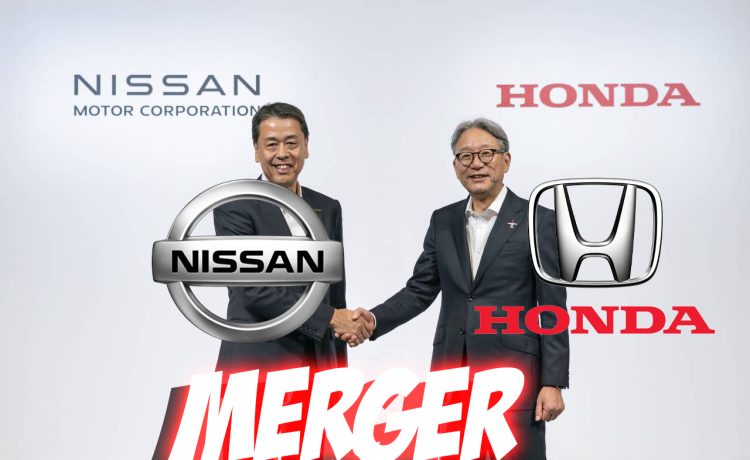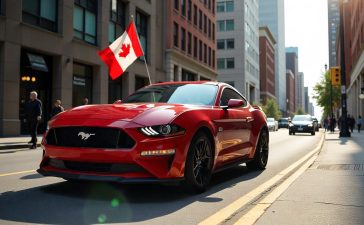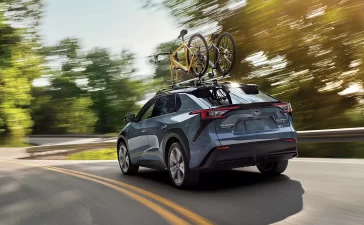Contrary to expectation, two prominent auto manufacturers from Japan, Honda and Nissan, have deferred a plan on presenting measures for a likely merger. The carmakers had earlier planned to announce the output in early January, but the process is likely to begin in mid-February. This decision comes as Honda intensifies its consideration of Nissan’s restructuring plan, which has become a significant variable in the implementation of the merger.
Table of Contents
A Surprising Revelation
Automakers and especially car lovers across the globe were taken for a surprise in December when two major competitors, namely Honda and Nissan, revealed that they were in discussion of joining forces and forming a single company. The consolidation of these two giants was once predicted to alter the face of the Japanese automobile market, and it came with its own set of factors that could either be an opportunity or a threat. However, it has become evident that the involved factors have made it mandatory to take time when undertaking due process.
Political Underpinnings
Former Nissan and Renault Chief Executive Officer Carlos Ghosn stated that the Hondas’ active participation in such a proposed merger may not be entirely voluntary. Specifically referring to a report by Ghosn, it can be pointed out that the Japanese Ministry of Economy, Trade, and Industry wants Honda to agree on the merger in order to steady Nissan’s financial condition. This statement suggests the existence of more profound economic schemas, which indicates that the merger is more than just for the two organizations.
Condition for Merger: Nissan’s Turnaround
It is evident that Honda’s management has stated that the merger can only take place if Nissan demonstrates its operational and financial credibility. Honda is not convinced by Nissan’s global restructuring strategies, which include sacking 9,000 people, abroad cutting production capacity by 20%, and early retirement measures implemented in three American plants.
As cited in the sources, Honda expects Nissan to undertake even deeper cost reductions, while Kyodo New reports agree on the same. Based on research done, it seems that Honda’s current leadership, headed by its President and Chief Executive Officer, Toshihiro Mibe, has the firm belief that Nissan should be ready to become a strong independent company before any merger can take place.
The Mitsubishi Question
Complicating the matter further is the role Mitsubishi plays in such forums. While rather vague, included as it is in the coordination change, Mitsubishi has made it clear that it favors stability and aims at continuing as an independent entity. The company is actually planning only a few mergers with Honda and Nissan without the intention to go full mergers.
This position puts Mitsubishi in a very good standing when it comes to looking for partnerships that suit its interests without having to go private. It seems that Mitsubishi has agreed to decide on the right course of action by this month.
Personal Perspective
Lately, I have done my best to absorb as much information as I can about the automotive industry, and I would like to believe it is wiser to postpone the development of the merger between the companies of Honda and Nissan. They are high; therefore, engaging in such a transformation procedure without a proper assessment might threaten the sustainability of the outcomes in the companies’ environments.
Honda is perfectly right to refuse Nissan the green light for restructuring until the company provides a clear plan of how it is going to go about it. For Mitsubishi, the option I spoke of its ability to stay unaffiliated may enable the firm to better respond to the successive changes shaping the market since they can probably foster more specific and advantageous contracts.
Looking Ahead
Some of the issues affecting the automotive industry include new trends in consumer interests and the shifting to electric cars, and some decisions made in addressing such matters will thus be keenly observed. The impact on decisions throughout the sector will be inevitable in one way or another, depending on whether the merger takes place or not. At this moment, there is only the specified mid-February when both Honda and Nissan will comment something on the topic. Up until now, the industry is “on standby,” eager to find out how these giants of Japanese car manufacturing will define their further development.
Therefore, the fact that Honda and Nissan have postponed the announcement of their merger update to mid-February shows that such a large-scale measure is not decided easily. This is achieved while stressing internal reorganization, external forces, and positioning strategies. I will therefore wait for future developments, which remain a clear indication of the dynamic world of the automotive industry.












